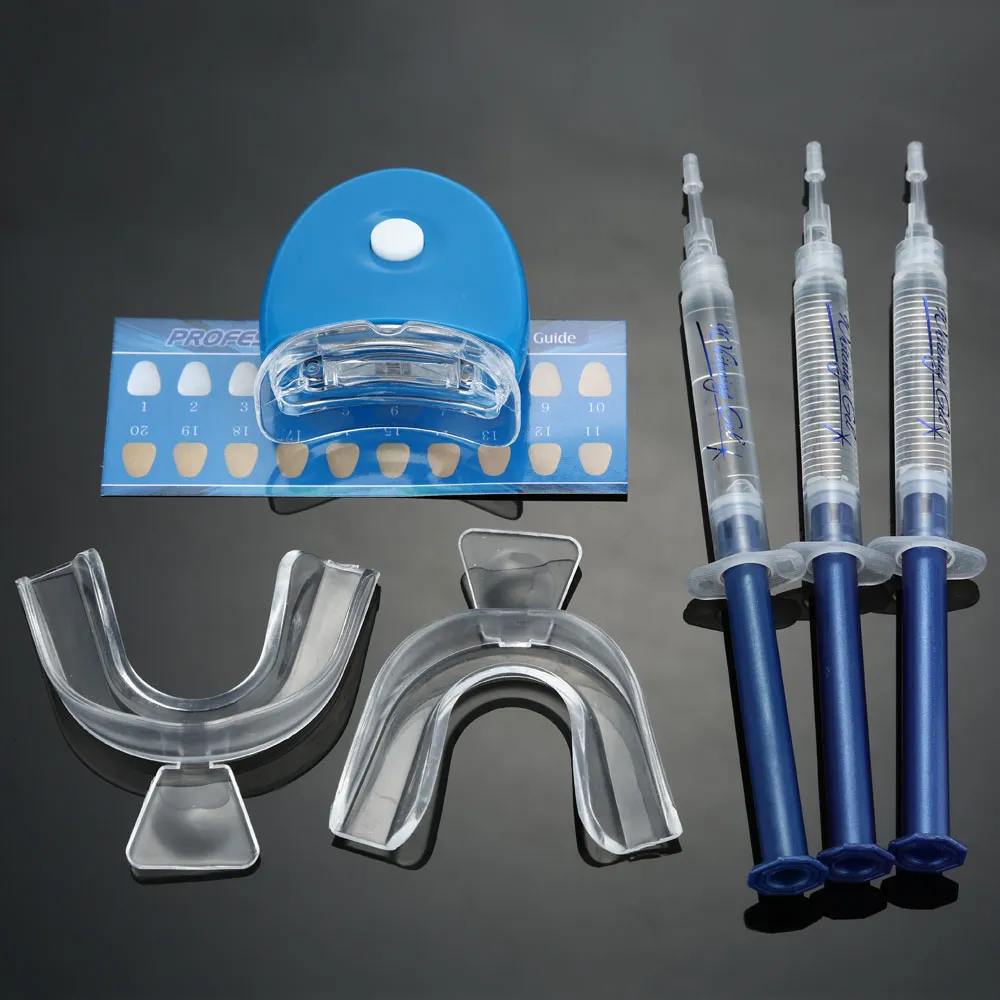What are Teeth Whitening Kits
Teeth whitening kits have exploded in popularity, promising brighter smiles from the comfort of your home. These kits typically use bleaching agents to lighten the color of your teeth, offering a convenient and often more affordable alternative to professional dental treatments. They can be an attractive option for those looking to combat discoloration caused by coffee, tea, smoking, or simply aging. However, the question of their safety is paramount. Understanding the components, potential risks, and proper usage of these kits is crucial to achieving desired results without compromising your oral health. The market is filled with options, ranging from over-the-counter products to those dispensed by dental professionals, each with varying levels of potency and associated risks.
Types of Teeth Whitening Kits
The landscape of teeth whitening kits is diverse, offering a range of choices to suit different needs and preferences. Understanding the primary types of kits available is essential for making an informed decision. These kits generally fall into two main categories based on their origin and the level of professional guidance involved. Each type has distinct characteristics, including the concentration of bleaching agents, application methods, and associated costs. Knowing the differences helps in choosing the most appropriate kit, taking into account both the desired outcome and the potential impact on dental health. The correct selection can greatly influence the effectiveness and safety of the whitening process, so careful consideration is required.
Over-the-Counter Kits
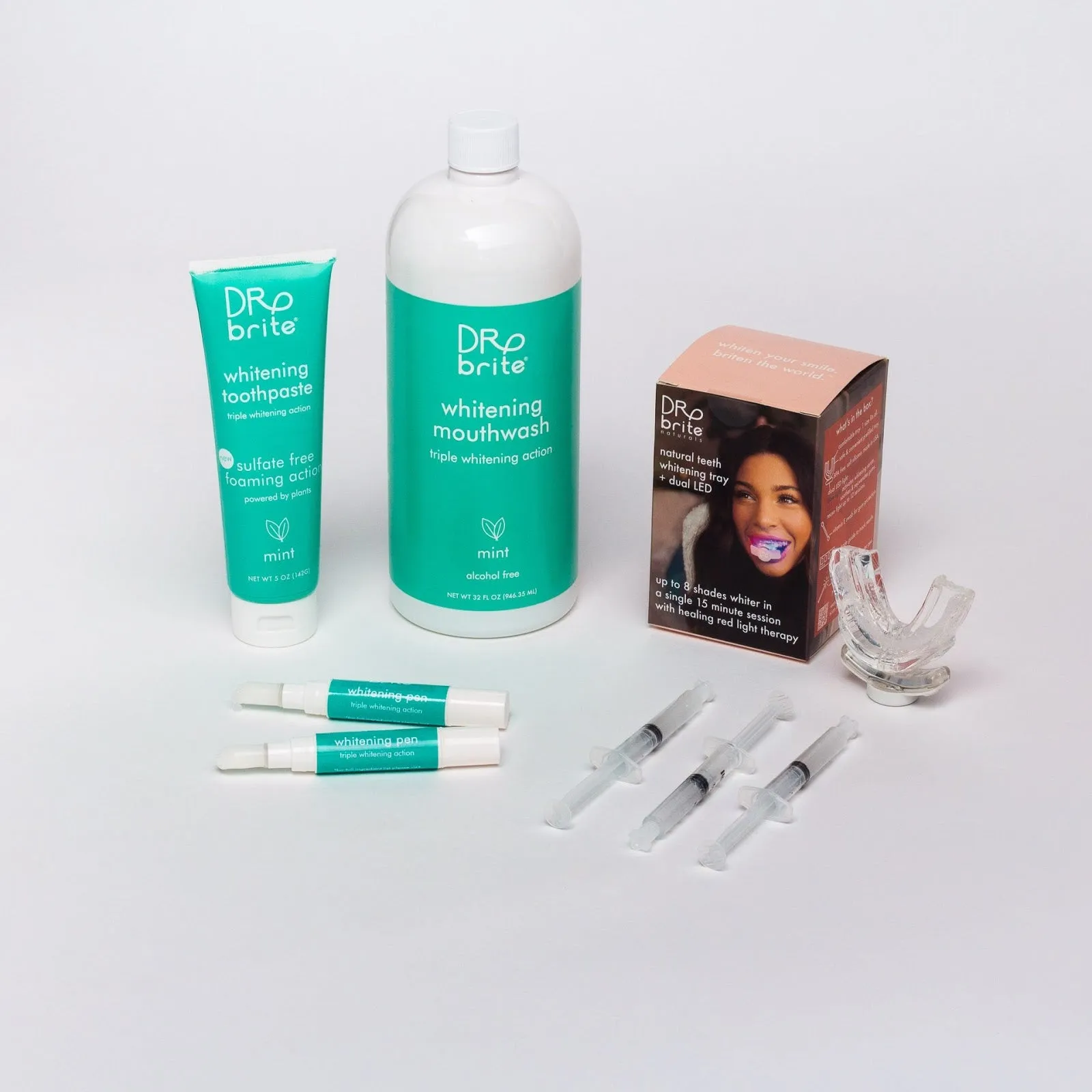
Over-the-counter (OTC) teeth whitening kits are readily accessible in pharmacies, supermarkets, and online stores. These kits are designed for home use and typically contain lower concentrations of bleaching agents, such as hydrogen peroxide or carbamide peroxide. The variety of OTC kits includes whitening strips, trays with gel, whitening toothpastes, and paint-on applicators. OTC kits are generally less expensive and easier to obtain than professional options, making them a convenient choice for those seeking a brighter smile. However, due to the lower concentrations of active ingredients, results may be less dramatic and take longer to achieve compared to professional treatments. It’s crucial to follow the instructions provided and be aware of potential side effects.
Professional Kits
Professional teeth whitening kits are available through dental professionals and offer a more customized and controlled approach. Dentists can provide higher concentrations of bleaching agents, often using custom-fitted trays to ensure even application and minimize gum contact. Professional treatments can be administered in the dental office or provided as take-home kits with more potent solutions than OTC products. A key advantage is the supervision and guidance from a dental professional, who can assess your oral health, recommend the most suitable treatment, and monitor for any adverse reactions. Although these options are typically more expensive, they often deliver faster and more noticeable results with a reduced risk of complications due to professional oversight. The dentist can also address any pre-existing dental issues before starting the whitening process.
Ingredients in Teeth Whitening Kits
The efficacy of teeth whitening kits hinges on their active ingredients, which work to break down stains and lighten the color of tooth enamel. Understanding these ingredients is vital to assessing the safety and potential risks associated with these products. The most common active agents are peroxide-based compounds, which release oxygen radicals that penetrate the enamel and dentin to remove discoloration. The concentration of these ingredients significantly influences the whitening power and the potential for side effects. Additionally, other components in the kits, such as stabilizers, flavoring agents, and desensitizing agents, also play roles in the overall effectiveness and the user experience. Careful consideration of the ingredients helps in making an informed decision about the choice of a whitening kit.
Hydrogen Peroxide
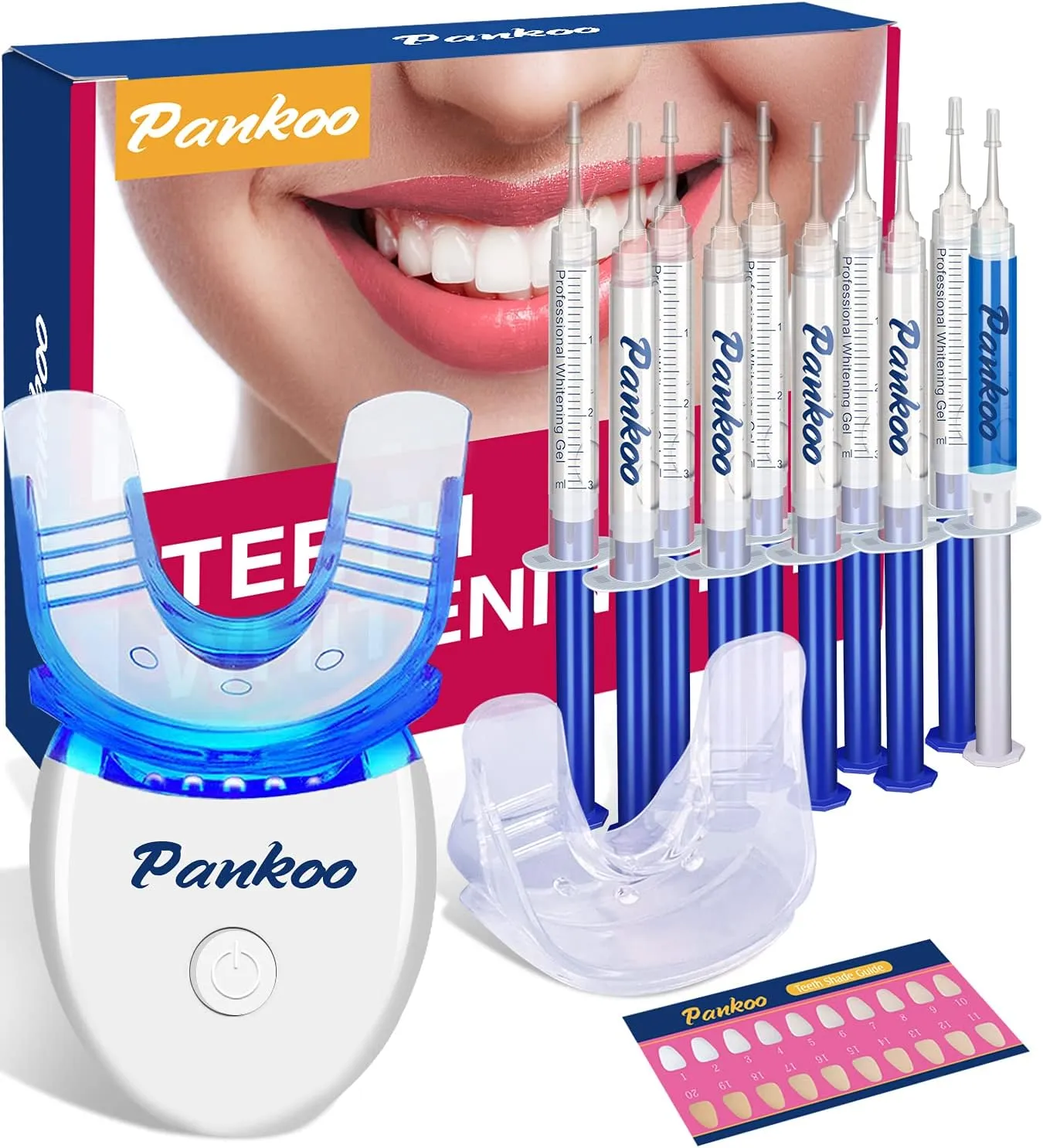
Hydrogen peroxide is a primary bleaching agent found in many teeth whitening kits. It is a strong oxidizing agent that breaks down into water and oxygen, with the oxygen molecules effectively targeting and breaking down stain molecules within the tooth enamel. The concentration of hydrogen peroxide varies significantly between OTC and professional kits, with higher concentrations leading to quicker and more intense whitening results. While effective, higher concentrations also increase the risk of side effects such as tooth sensitivity and gum irritation. The effectiveness of hydrogen peroxide depends on the contact time and the specific formulation of the kit. The use of hydrogen peroxide must always be according to the manufacturer’s instructions to ensure the safety of the procedure.
Carbamide Peroxide
Carbamide peroxide is another common bleaching agent used in teeth whitening kits. It’s a compound that breaks down into hydrogen peroxide and urea, making it a slightly gentler alternative to hydrogen peroxide alone. When carbamide peroxide is applied to the teeth, it gradually releases hydrogen peroxide over time, providing a sustained whitening effect. This controlled release can reduce the risk of immediate sensitivity compared to higher concentrations of hydrogen peroxide. Carbamide peroxide is often used in take-home whitening kits provided by dentists, where the lower concentration allows for safe and effective whitening over a longer period. The concentration of carbamide peroxide in the kit dictates the duration of application and the overall effectiveness. The gradual action can minimize side effects while still delivering impressive results.
Potential Risks and Side Effects
While teeth whitening kits can significantly improve the appearance of your smile, it’s essential to be aware of the potential risks and side effects. The safety of these products often depends on factors such as the concentration of active ingredients, the duration of treatment, and the individual’s oral health condition. The most common side effects include temporary tooth sensitivity and gum irritation. However, in some cases, more severe complications may arise. Understanding these potential risks allows users to make informed decisions, take necessary precautions, and seek professional advice when needed. Awareness of these potential issues can prevent discomfort and ensure the long-term health of the teeth and gums.
Tooth Sensitivity
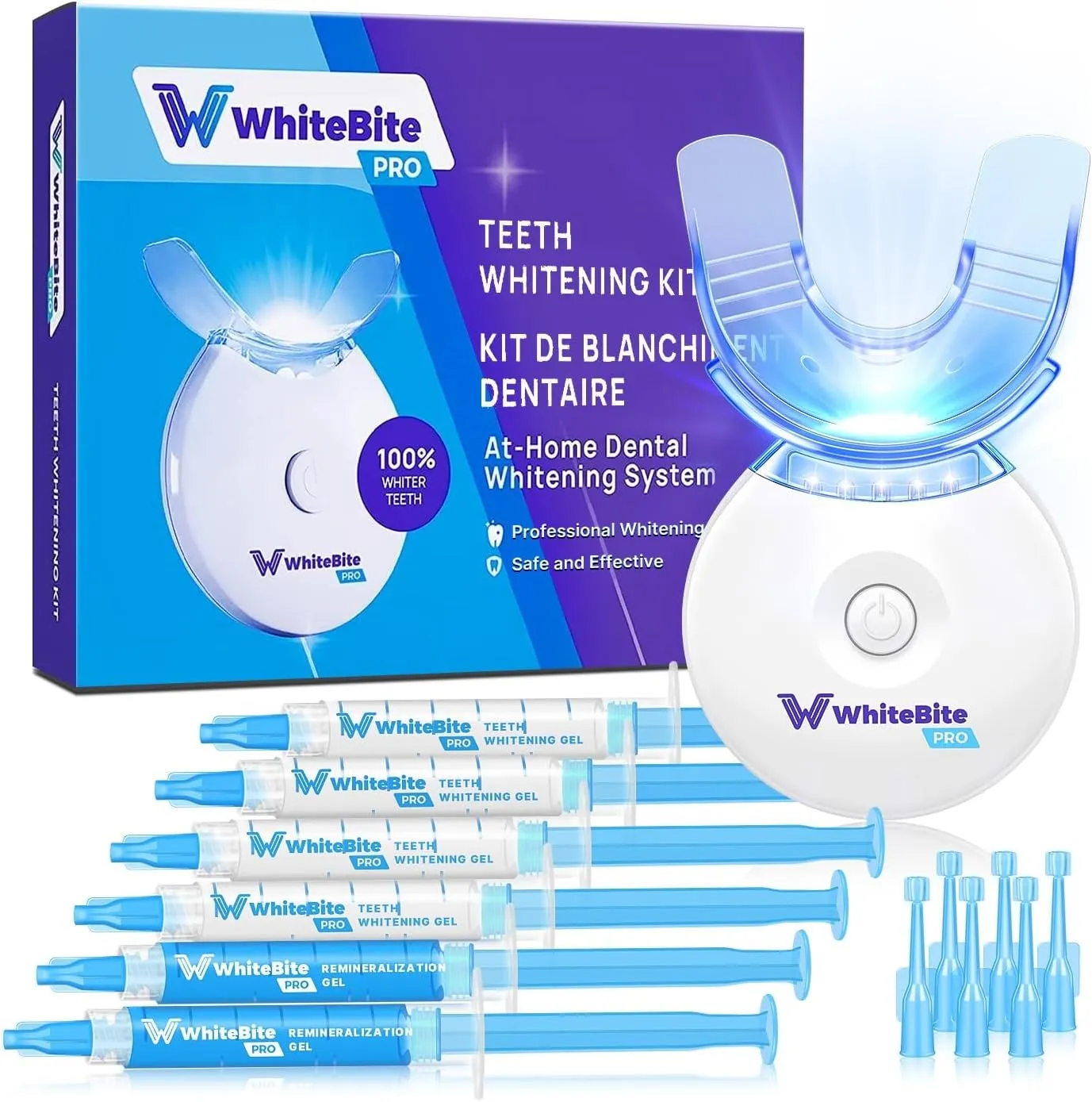
Tooth sensitivity is one of the most frequently reported side effects of teeth whitening. It occurs when the bleaching agents penetrate the enamel and reach the dentin, causing the nerves within the teeth to become more sensitive to temperature changes and pressure. This can manifest as a sharp, temporary pain or discomfort. The intensity of sensitivity varies among individuals and depends on the concentration of the whitening agent, the duration of application, and pre-existing dental conditions. Often, the sensitivity is temporary, subsiding shortly after the whitening treatment. However, in some cases, it can persist, requiring the use of desensitizing toothpastes or other professional treatments. People with sensitive teeth should consult their dentist before starting a whitening regimen and may benefit from lower concentration products or shorter treatment times.
Gum Irritation
Gum irritation is another common side effect, often caused by the bleaching agent coming into contact with the soft tissues of the gums. This can occur if the whitening trays don’t fit properly, allowing the gel to leak out, or if whitening strips overlap the gum line. Symptoms include redness, swelling, and a burning sensation. In some cases, the gums may become more sensitive and prone to inflammation. The extent of the irritation depends on the concentration of the whitening agent and the duration of exposure. Proper application techniques, such as ensuring trays are correctly fitted and avoiding contact with the gums, can minimize this risk. If gum irritation occurs, it is crucial to stop the treatment and consult a dentist. Using a soft toothbrush and avoiding harsh mouthwashes can help the gums heal.
Enamel Damage
Although rare when used correctly, excessive or improper use of teeth whitening kits can potentially lead to enamel damage. Overuse, high concentrations of bleaching agents, and extended application times can erode the enamel, making teeth more susceptible to decay and sensitivity. This is because the bleaching process can alter the mineral structure of the enamel, making it more porous. The extent of the damage depends on the individual’s oral health and the specific product. It is essential to adhere to the manufacturer’s instructions and seek professional advice to avoid damaging the enamel. In addition to enamel damage, there may be a risk of damage to existing dental work such as fillings or crowns, which may not whiten at the same rate as natural teeth.
How to Minimize Risks
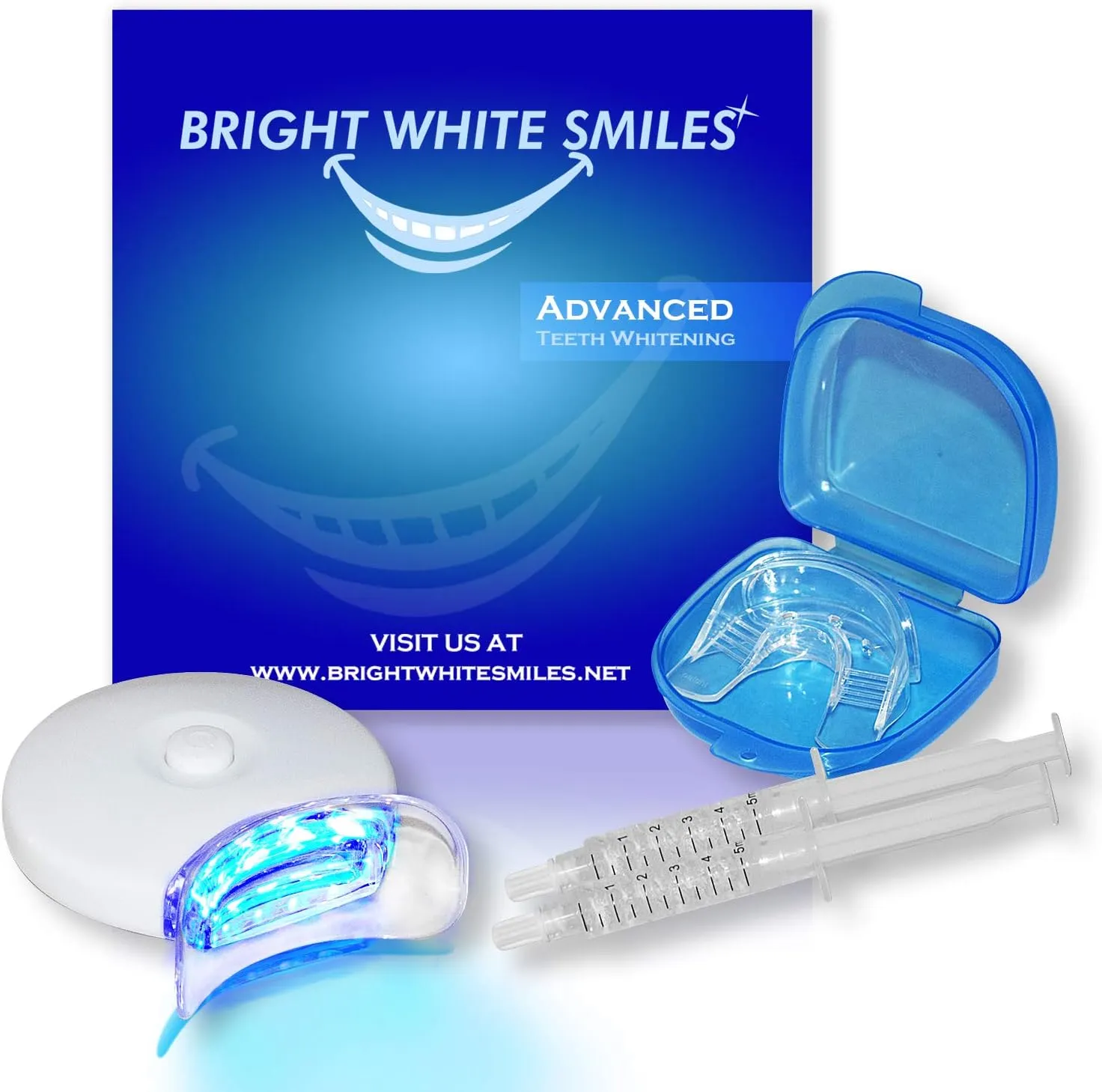
Minimizing the risks associated with teeth whitening kits involves several key strategies, including careful selection, proper usage, and regular monitoring. Taking the right precautions can significantly reduce the chances of experiencing adverse effects, such as tooth sensitivity or gum irritation, and ensure a more comfortable and effective whitening experience. It is also important to understand that teeth whitening may not be suitable for everyone. People with certain pre-existing conditions or dental work should exercise extra caution. It is always advisable to consult with a dental professional before beginning a whitening treatment, who can evaluate the suitability of the kit and provide personalized guidance. By taking these steps, individuals can maximize the benefits of teeth whitening while minimizing potential harm.
Consulting a Dentist
Consulting a dentist before using a teeth whitening kit is one of the most crucial steps to ensure a safe and effective treatment. A dentist can assess your overall oral health, identify any pre-existing conditions, and recommend the most appropriate whitening method. They can check for cavities, gum disease, or other issues that might be exacerbated by whitening treatments. The dentist can also advise on the type of kit best suited to your specific needs and sensitivity levels. They can also provide custom-fitted trays for take-home kits, ensuring that the bleaching agent is applied evenly and minimizes contact with the gums. Professional guidance helps in avoiding potential complications and achieving optimal results, making your smile brighter and healthier.
Following Instructions
Strictly adhering to the instructions provided with the teeth whitening kit is paramount for both safety and effectiveness. These instructions are carefully crafted to ensure that the product is used in a way that minimizes risks and maximizes the whitening results. The instructions will specify the duration of application, the frequency of use, and any precautions to take. Overusing or misusing the product can lead to increased sensitivity, gum irritation, and potential enamel damage. It is also important to note the expiration date and storage instructions to maintain the product’s efficacy. In case of any uncertainty or adverse reactions, immediately stop using the product and consult a dentist. Reading and following the instructions carefully is crucial for a positive teeth whitening experience.
Choosing the Right Kit
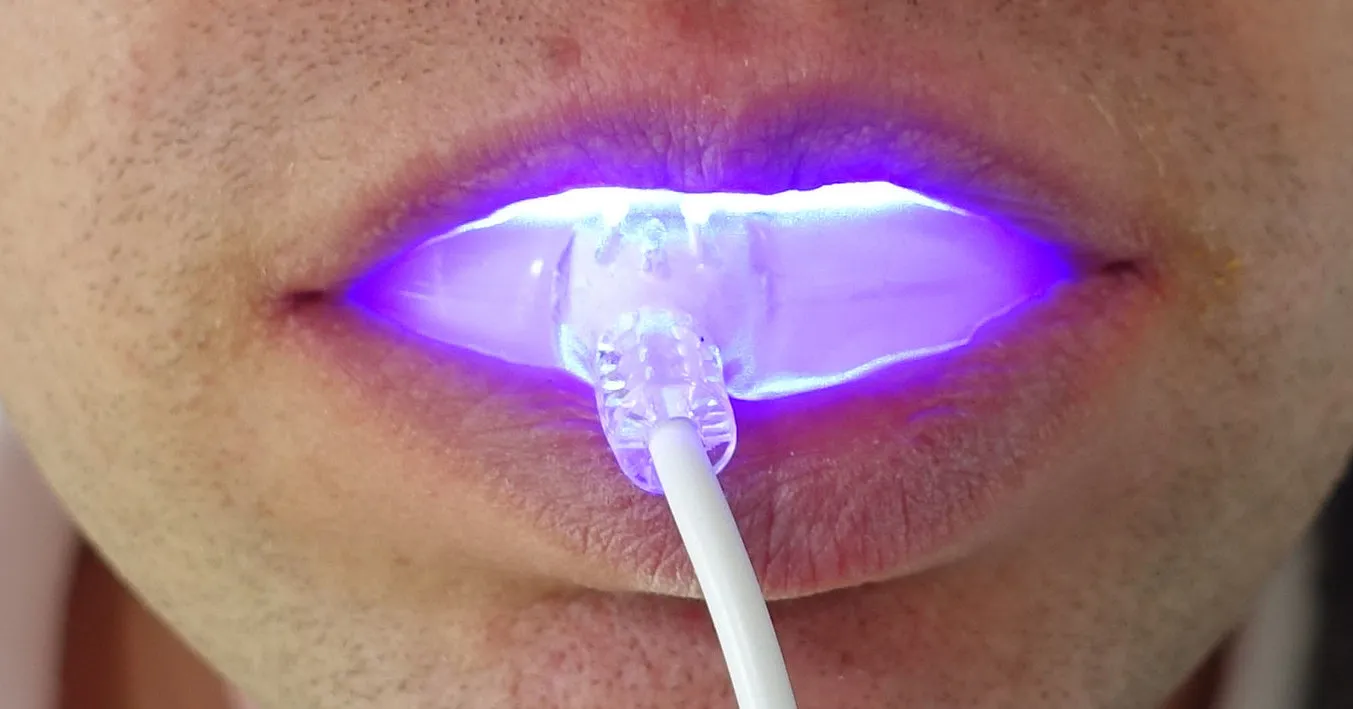
Choosing the right teeth whitening kit involves considering your individual needs, oral health, and desired results. Begin by assessing the type of kit that aligns with your preferences and budget, whether it’s over-the-counter or professional. For those with sensitive teeth or a history of dental issues, consult a dentist to explore options with lower concentrations of bleaching agents. Always read the ingredient list to ensure you are not allergic to any component. Consider the application method, such as strips, trays, or pens, to determine which is most convenient for your lifestyle. Research product reviews and compare different brands to gain insights into their effectiveness and user experiences. Also, be realistic about expectations; a brighter smile is possible but the color may not be as dramatic as professional treatments. Selecting the right kit is the first step toward a brighter smile.
Alternatives to Teeth Whitening Kits
Several alternatives can improve the appearance of your teeth beyond teeth whitening kits, each with varying benefits and considerations. From professional dental treatments to lifestyle modifications, these options offer different approaches to achieving a brighter, healthier smile. The choice of alternative depends on the individual’s specific needs, the extent of discoloration, and their budget. Some alternatives provide long-lasting results, while others focus on overall oral health and preventive measures. Considering these options can help in finding the most suitable and effective way to enhance the appearance of your teeth, especially if teeth whitening kits are not the optimal solution.
Professional Whitening
Professional teeth whitening, performed by a dentist, is often the most effective and safest way to achieve dramatic results. This method typically involves higher concentrations of bleaching agents, applied under controlled conditions to maximize effectiveness and minimize risks. In-office whitening treatments, often using a light or laser to accelerate the process, can lighten teeth several shades in a single session. Dentists can also provide custom-fitted trays for take-home whitening kits, ensuring an even application and reducing the chance of gum irritation. Regular dental check-ups are also an advantage, as your dentist can monitor your oral health and address any potential issues. While professional whitening is generally more expensive than over-the-counter options, it offers superior results and a greater level of safety, making it a worthwhile investment for many.
Lifestyle Changes
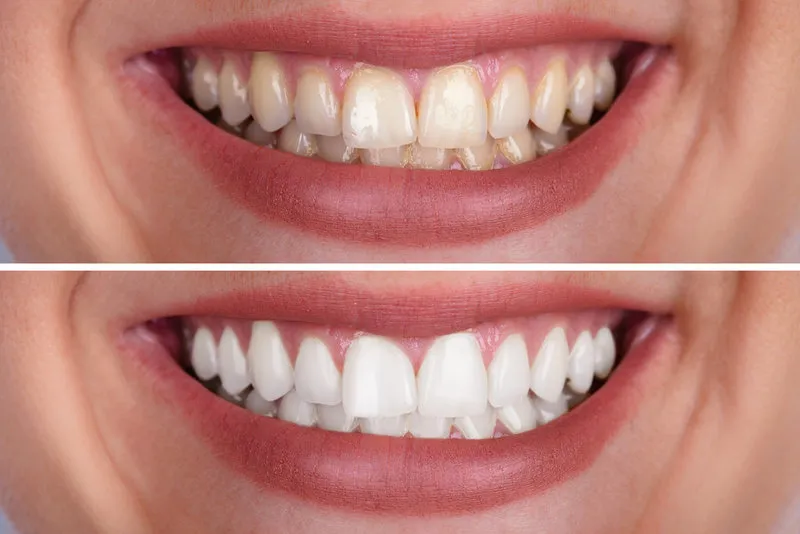
Making certain lifestyle changes can also contribute to a brighter smile and long-term oral health. Reducing or eliminating the consumption of staining substances, such as coffee, tea, red wine, and tobacco, can prevent further discoloration. Regular brushing and flossing, along with professional cleanings, remove surface stains and plaque, maintaining the natural brightness of your teeth. Using a whitening toothpaste can help remove surface stains, but it’s not a substitute for professional treatments. Staying hydrated by drinking plenty of water is helpful, as it helps wash away food particles and acids that can contribute to staining. By incorporating these changes into your daily routine, you can maintain a brighter smile and reduce the need for more intensive whitening treatments.
Conclusion
Teeth whitening kits offer a convenient way to enhance your smile, but it’s essential to approach them with awareness and caution. While these kits can deliver noticeable results, they also carry potential risks, including tooth sensitivity, gum irritation, and, in rare cases, enamel damage. Understanding the different types of kits, their active ingredients, and the importance of proper usage is crucial. Consulting a dentist before starting any whitening treatment, following the instructions carefully, and choosing the right kit can minimize risks and maximize the benefits. Considering the alternatives, such as professional whitening and lifestyle changes, is also wise. Ultimately, achieving a brighter smile is a journey that requires informed choices and a commitment to oral health. By taking these steps, you can safely and effectively enhance your smile.
